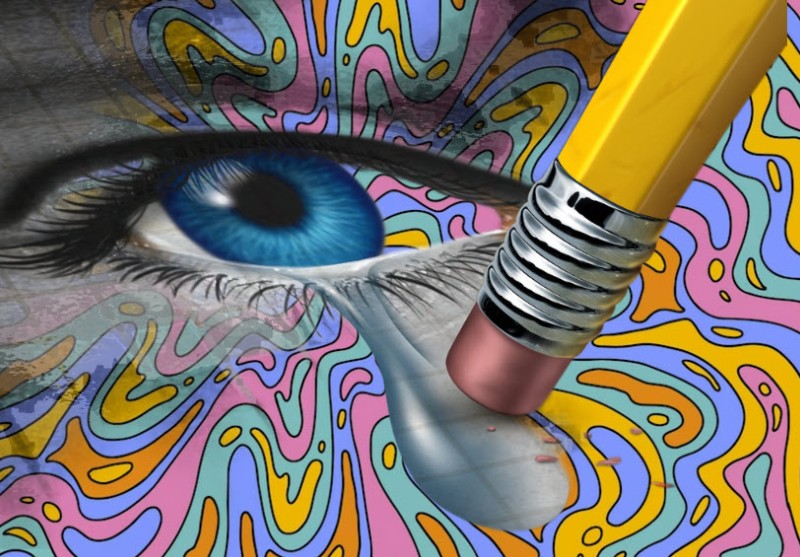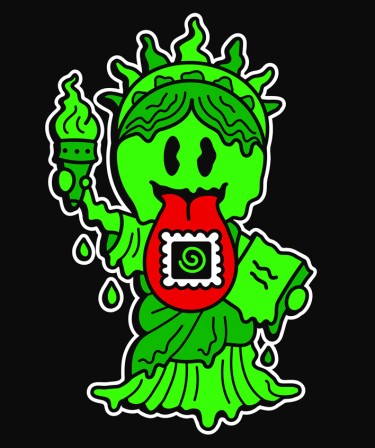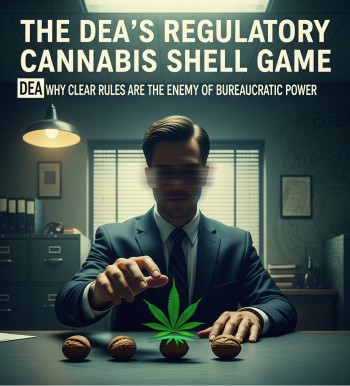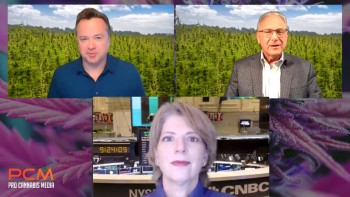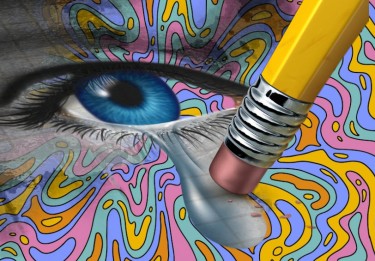
New York Firm Predicts Psychedelic Drugs Market Will Generate Over $12B In Next 12 Years
The burgeoning interest in psychedelic substances and their potential applications has caught the attention of Research Nester, a New York-based strategic consulting firm. In their latest global market research analysis, they have peered into the future of the psychedelic drugs market, projecting trends and growth prospects through the year 2035. The results of this comprehensive study paint a promising picture, indicating significant expansion in the industry over the next dozen years. Notably, Research Nester's projections suggest that the global psychedelic drugs market is poised to transform into a formidable economic force, anticipated to generate a remarkable $12 billion in revenue by the conclusion of 2035. This prediction represents a substantial upswing from the $3 billion valuation recorded in the year 2022.
The Pandemic Effect on Psychedelic Drug Demand
The COVID-19 pandemic has profoundly reshaped the landscape of the psychedelic drugs market. As the pandemic unfolded, it brought with it a surge in mental health challenges, including heightened levels of stress, anxiety, and depression. This wave of emotional distress was fueled by the pervasive uncertainties about the future, widespread job and income losses, the isolating effects of lockdowns, and the constant fear of virus transmission. Consequently, there was a notable increase in the demand for effective treatments for mental health issues.
Due to pandemic-related restrictions, traditional forms of therapy and in-person counseling became increasingly challenging. This created an opportunity for alternative treatments, with psychedelic therapies emerging as a promising option to address the growing mental health crisis. The appeal of psychedelic therapies gained momentum as individuals sought relief from the emotional toll of the pandemic, highlighting their potential as complementary or alternative approaches to conventional mental health treatments.
Interestingly, the pandemic also unexpectedly impacted the production costs associated with psychedelic drugs. These costs decreased during the pandemic, enabling manufacturers in the industry to achieve higher profit margins. This reduction in production costs, coupled with the increased demand for psychedelic therapies, played a significant role in driving the overall growth of the psychedelic drugs market. This intertwined relationship between the pandemic, mental health challenges, production costs, and market growth underscores the evolving role of psychedelic substances in addressing critical global mental health issues.
Production Costs and Market Size
Amid the turbulence of the COVID-19 pandemic, a curious and unexpected trend emerged within the psychedelic drugs market: a reduction in production costs. While the pandemic-induced disruptions were reshaping demand patterns and the treatment landscape, manufacturers of psychedelic substances found themselves benefiting from lower production expenses. This unforeseen consequence allowed these companies to enjoy higher profit margins, ultimately contributing significantly to the market's burgeoning growth.
The reduction in production costs, combined with the increased demand driven by the pandemic's mental health challenges, served as a dual catalyst for the expansion of the psychedelic drugs market. It created a favorable economic environment for both existing players and new entrants, fostering innovation and investment within the industry. This dynamic shift in production economics not only improved the accessibility of psychedelic treatments but also bolstered the market's overall size and potential profitability.
As the market continued to evolve, these cost-related dynamics played a pivotal role in shaping the competitive landscape and influencing the decisions of pharmaceutical companies, research institutions, and investors. This intricate interplay between production costs and market size underscores the adaptability and resilience of the psychedelic drugs market, positioning it as a transformative force in the field of mental healthcare.
Rising Investment and Research
In the wake of the growing recognition of psychedelic substances' therapeutic potential, significant investment and research efforts have been channelled into the field. The year 2021 witnessed an unprecedented influx of capital, with nearly $2 billion invested in the psychedelics sector. This substantial financial commitment served as a resounding vote of confidence in the potential of psychedelic-based treatments, paving the way for an era of accelerated research and development.
A greater emphasis is being placed on researching the therapeutic uses of psychedelics for various mental health issues and overall well-being due to the influx of capital into the field. Pharmaceutical businesses and research organizations have subsequently increased their attempts to create psychedelic-based therapies as a result. As stakeholders work to determine the safety and efficacy of these innovative therapeutic approaches, costly and meticulously controlled clinical trials have come to be recognized as a characteristic of this research.
Key Growth Factors
Several key factors are poised to drive the continued growth of the psychedelic drugs market in the coming years:
1. North American Dominance
By the end of 2033, the North American market is anticipated to overtake all others in terms of revenue. This dominance can be ascribed to the ability of psychedelic drugs to treat ailments like post-traumatic stress disorder (PTSD) and the increased incidence of mental health illnesses, including depression, anxiety, schizophrenia, eating disorders, and addictions in the area.
2. Asia Pacific Growth Surge
By 2033, the market in the Asia Pacific region is expected to develop at the fastest rate. This increase can be ascribed to the rising prevalence of mental diseases, notably depression, in the area and government activities aimed at improving the healthcare system.
3. Hospitals as Key Stakeholders
In the realm of end-users, hospitals are predicted to occupy the largest share of revenue by the end of 2033. This suggests that healthcare institutions will play a pivotal role in adopting and administering psychedelic treatments.
4. Market Segmentations
The psychedelic drugs market can be further segmented into various categories, including drugs and type, source, and administration routes, reflecting the diversity of products and applications within this evolving market.
Bottom Line
The psychedelic drugs market is poised for remarkable growth, with projections indicating a significant leap in revenue from $3 billion in 2022 to a substantial $12 billion by 2035. The COVID-19 pandemic has propelled the demand for psychedelic therapies by intensifying mental health challenges and reshaping treatment dynamics. This surge in interest, coupled with unexpected reductions in production costs, has created a conducive environment for market expansion. Moreover, the sector has witnessed unprecedented investment and research, solidifying its potential in addressing various mental health disorders. As North America emerges as a dominant player and the Asia Pacific region experiences rapid growth, hospitals are set to become key stakeholders in the widespread adoption of psychedelic treatments. This industry's diverse products and applications promise a transformative role in the evolving mental healthcare landscape.
THE RISE OF PSYCHEDELICS, READ ON..
THE RISE OF MEDICAL PSYCHEDELICS IS COMING, HERE IS WHAT TO KNOW!

